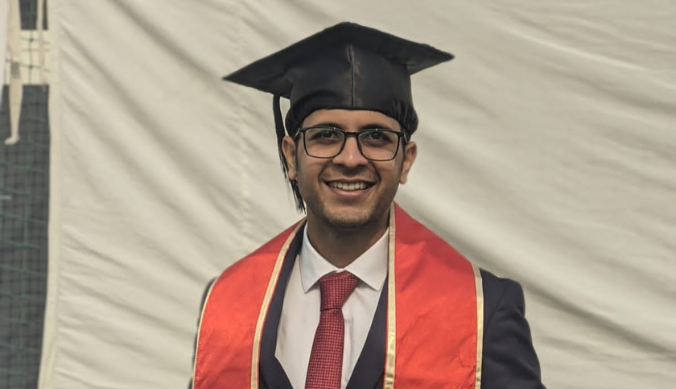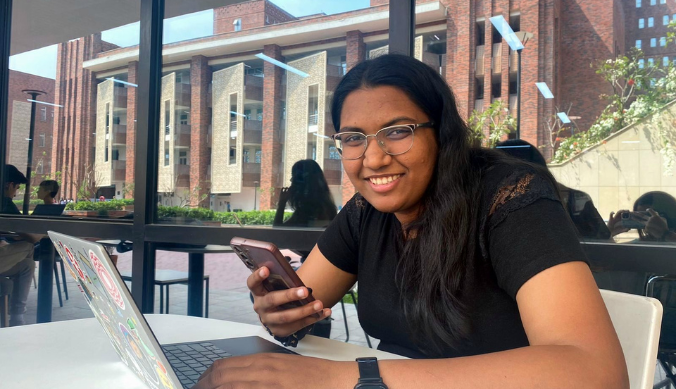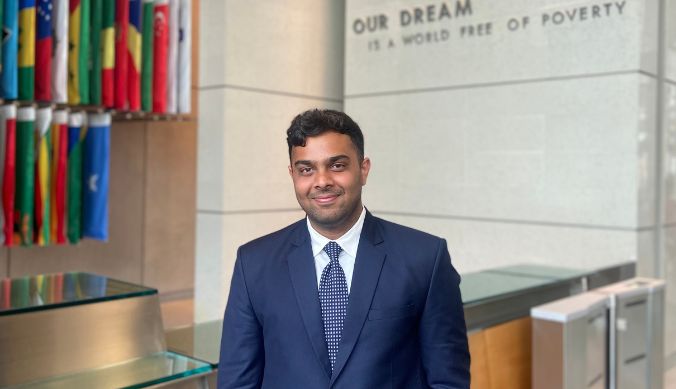Navigating the Digital Frontier: Teaching Academic Integrity and Ethics in a Changing Higher Education Landscape
CWC launches a digital course on plagiarism and an instructive teaching document to improve access and quality of learning and pedagogical resources

Archishman Sarker
16 November, 2023 | 6m readIn recent years, higher education across the globe has undergone a remarkable transformation due to the integration of digital technologies. Ashoka University’s Centre for Writing and Communication’s “Introductory Course on Academic Integrity & Ethics” is an innovative response to the evolving educational needs in South Asia. This course fills a crucial gap in the pedagogic ecosystem of Indian universities by emphasising academic integrity, originality, and ethical research practices. Teaching this course in a physical classroom environment for several years was a valuable experience that augured and laid the foundation for the digital transition. The move to a digital platform was prompted by the need for scalability, accessibility, and adaptability.
As a teacher, the shift from a physical to a digital environment presented both challenges and opportunities. The transition to the digital environment has had a significant impact on student engagement and learning. It’s crucial to note that this course, with limited precedence in South Asia, encourages students to think critically about the sources they use, recognise the importance of citations, and appreciate the significance of originality in their academic work.
The inclusion of closed captions, alternative text, and screen reader compatibility ensures that students with visual and hearing impairments can engage with the course content effectively. This approach extends the reach of the course to a wider pool of learners and has the potential to reshape the pedagogic ecosystem in Indian universities. It not only fosters a culture of academic integrity but also exemplifies a commitment to equitable access to quality education. A section dedicated to the potential uses and misuse of AI-powered language models has been incorporated to address the ethical concerns over the usage of AI in academic writing and research.
One of the primary challenges was maintaining a sense of personal connection with students. In a physical classroom, it is easier to read the expressions and body language of students, fostering a deeper understanding of their engagement and comprehension. The digital environment, while offering flexibility, required adapting to a new set of tools and strategies to engage and interact effectively with the students. The digital transition also necessitated a reevaluation of assessment methods. In a physical classroom, monitoring plagiarism and encouraging originality is relatively straightforward. However, in the digital realm, the potential for students to resort to unethical practices is heightened. To address this, the course incorporated assessment tools, such as interactive quizzes, that not only point out how to identify instances of plagiarism but also educate students about proper citation and referencing practices.
The digital turn has made learning more accessible, allowing students to engage with the course material at their own pace. The flexibility to access the course remotely and at any time has led to an increase in student participation. In a traditional classroom, students’ hesitation to speak up or ask questions can be a barrier to learning. In the digital environment, students can ask questions and participate in discussions without the fear of judgement, which has improved their overall learning experience. Moreover, the digital platform offers a wealth of resources that are easily accessible, enabling students to delve deeper into topics and explore credible sources of information. This, in turn, empowers them to create more informed and original academic work. In the digital age, the concept of originality and authenticity takes on new significance. Students are inundated with information from a wide array of sources, and distinguishing between credible and unreliable sources has become a crucial skill. The course emphasises the importance of critically evaluating information, which has not only enhanced students’ research abilities but has also instilled a sense of authenticity in their work. The online platform encourages students to explore, critically analyse, and synthesise information from diverse sources. Additionally, the prevalence of plagiarism detection software has prompted a shift from punitive measures to educational interventions. Students are no longer viewed as potential wrongdoers, but rather as learners who need guidance to develop proper citation and referencing skills.
This development is not exclusive to Ashoka University but represents a broader transformation in higher education across the Global South. Traditional models of education are being challenged by the accessibility and scalability of online learning resources. The COVID-19 pandemic further accelerated this transition, highlighting the need for adaptable and robust digital platforms. In a region with diverse educational needs and limited resources, digital education offers an opportunity to reach a broader audience.
Bridging Language Gaps in Higher Education: Reflecting on CWC’s Instructive Document for Teaching Assistants and Fellows
Along similar lines, recently, Ashoka University’s Centre for Writing and Communication also introduced a valuable learning resource, “An Instructive Document for Teaching Assistants and Fellows.” This document provides a comprehensive guide on how to make courses more accessible and meaningful for students who require English language support. It focuses on strategies for professors and teaching fellows to enhance classroom experiences, discussion sessions, and office hours, offering insights into identifying students in need of language support and modifying course materials and learning outcomes accordingly.
One of the document’s primary contributions is its practical advice for educators on creating inclusive learning environments. It encourages professors and teaching fellows to foster a space where students feel comfortable and confident, regardless of their language proficiency. For instance, the document highlights the importance of promoting active participation and engaging students in a dialogue rather than merely delivering content. It also suggests incorporating diverse perspectives and materials into the curriculum to make it more relatable to a wider audience. The document underscores the significance of adapting course materials and learning outcomes to meet the diverse needs of students. It acknowledges that a one-size-fits-all approach is inadequate in higher education and that educators must be flexible in their teaching methods. This includes simplifying complex language, offering clear explanations, and breaking down assignments into manageable steps. Such modifications not only benefit students needing language support but can also enhance the learning experience for the entire class by promoting clarity and accessibility. The document provides practical advice for teaching assistants and fellows who often play a pivotal role in supporting students’ learning journeys. It emphasises the importance of being approachable and offering additional assistance to students when needed. Furthermore, it discusses strategies for creating effective discussion sessions and office hours, such as providing resources for independent language improvement and creating a comfortable, welcoming atmosphere during one-on-one interactions.
A structured resource like the document in discussion can serve as a guiding light to educators to be more proactive in recognising and addressing language barriers and reinforces the idea that the responsibility for creating inclusive learning environments rests on all stakeholders. The CWC’s “Instructive Document for Teaching Assistants and Fellows” is a significant singular step toward making higher education more inclusive and accessible in the Indian context. It serves as a testament to the institution’s commitment to fostering equitable learning environments. This resource offers concrete measures for professors and teaching fellows to bridge language gaps and enhance the academic journey for students needing English language support.










